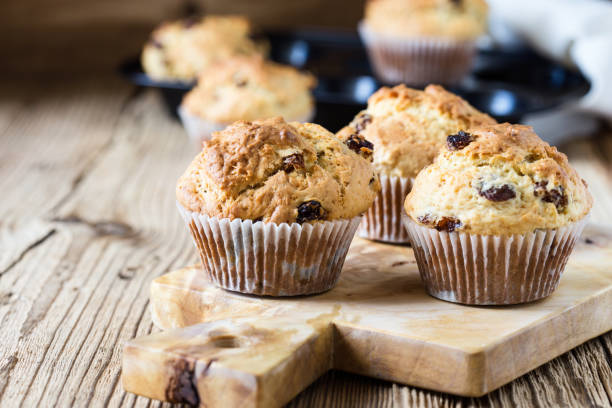Introduction:
Gluten-free baking has gained immense popularity in recent years, not only among those with gluten sensitivity or celiac disease but also among individuals seeking alternative and healthier baking options. Crafting delicious and successful gluten-free baked goods requires a deep understanding of the science behind traditional baking and the unique challenges presented by the absence of gluten. In this comprehensive guide, we will explore the key principles, ingredients, and techniques that make gluten-free baking both an art and a science.
Understanding Gluten:
Gluten is a protein found in wheat, barley, and rye, imparting elasticity and structure to baked goods. In gluten-free baking, replicating these characteristics without gluten poses a significant challenge. It’s crucial to comprehend the role of gluten in traditional baking to substitute it in gluten-free recipes effectively.
Key Ingredients in Gluten-Free Baking:
Flour Alternatives:
Almond Flour: Rich in protein and healthy fats, almond flour adds a moist texture to baked goods.
Coconut Flour: Absorbs moisture and provides a light, airy texture.
Rice Flour: Offers a neutral taste and smooth texture and is commonly used in blends.
Binders:
Xanthan Gum: Acts as a binder and adds structure to gluten-free baked goods.
Psyllium Husk: Provides elasticity and helps in moisture retention.
Liquid Ingredients:
Yogurt, Buttermilk, or Sour Cream: Enhances moisture and tenderness.
Applesauce or Mashed Banana: Adds natural sweetness and moisture.
Leavening Agents:
Baking Powder and Baking Soda: Essential for achieving a proper rise in gluten-free baked goods.
Yeast: Commonly used in bread recipes for leavening.
Fats:
Butter, Oil, or Shortening: Contributes to moisture and texture in gluten-free baked goods.
Techniques for Successful Gluten-Free Baking:
Mixing and Hydration:
Overmixing can lead to a dense texture. Mix until just combined to avoid this issue.
Adjust the hydration level based on the flour blend used, as different flours absorb liquids differently.
Preventing Grittiness:
Sifting or whisking flours before use helps eliminate the grittiness often associated with gluten-free baking.
Balancing Flavors:
Experiment with a combination of sweet and savory gluten-free flours to achieve a balanced flavor profile.
Customizing Recipes:
Modify traditional recipes by replacing wheat flour with a gluten-free blend and adjusting other ingredients accordingly.
Testing for Doneness:
Gluten-free baked goods may have a different appearance when done, so rely on touch and toothpick tests to determine doneness.
Common Mistakes and Troubleshooting:
Dense Texture:
Too much flour or inadequate leavening agents may result in a thick texture. Adjust ratios accordingly.
Crumbly Texture:
Insufficient binders or too much fat can lead to a crumbly texture. Adjust these elements for better cohesion.
Grittiness:
Inadequate blending or not sifting the flour can result in a gritty texture. Ensure thorough mixing and sifting.
Conclusion:
Gluten-free baking is an evolving and rewarding journey that combines the precision of science with the creativity of art. With a solid understanding of the key principles, thoughtful ingredient selection, and mastering specific techniques, anyone can embark on a successful gluten-free baking adventure. So, roll up your sleeves, gather your gluten-free flours, and let the joy of creating delectable treats without gluten begin!


